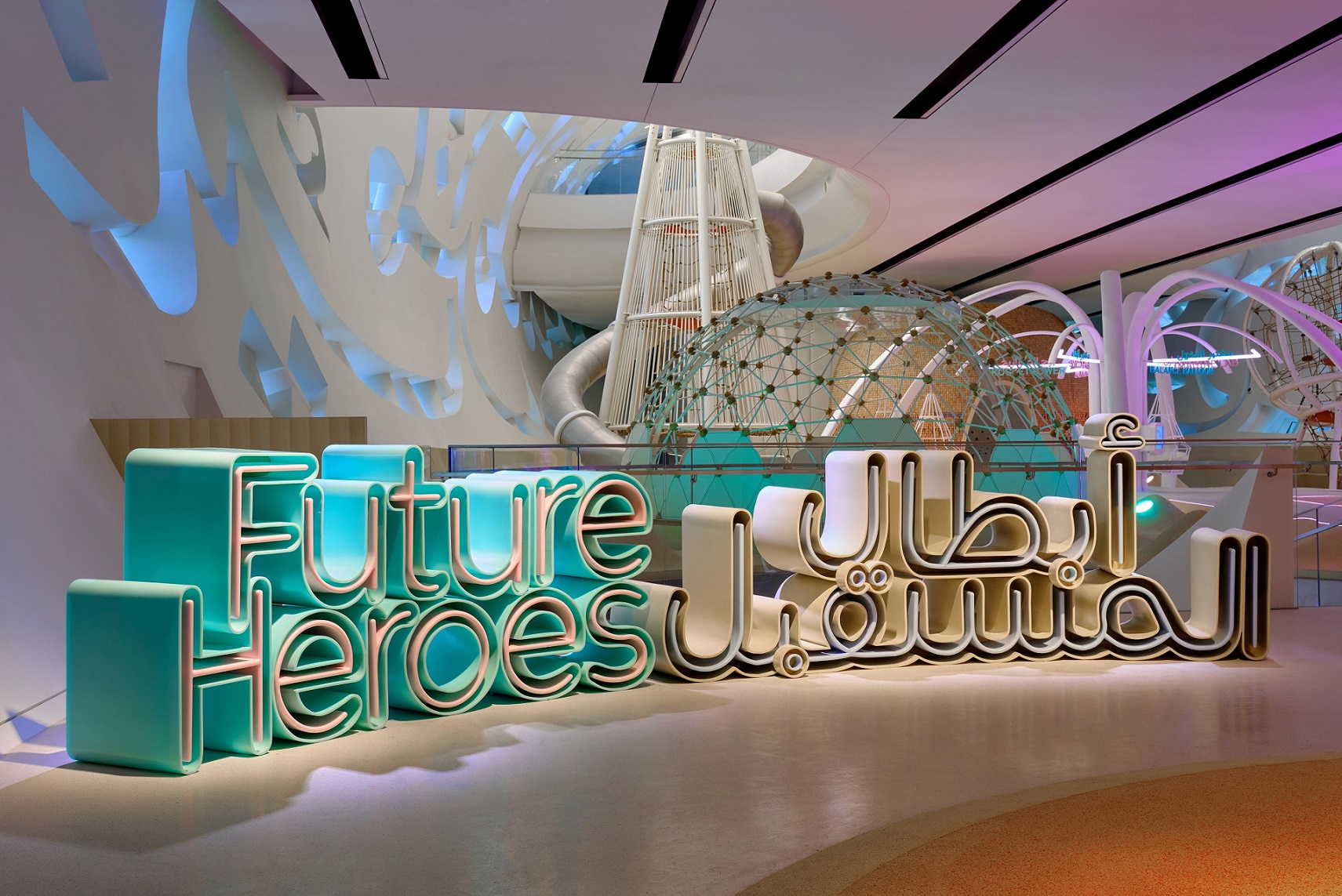The concept of the metaverse has been around for a while, but it’s only in recent years that it has begun to be taken seriously as a potential reality. With advancements in technology and a growing interest in virtual experiences, the idea of a fully-realized metaverse is becoming more and more feasible. And as the metaverse becomes a more concrete possibility, the way we teach and learn about art is also changing.
Virtual reality (VR) technology is playing a particularly important role in the development of metaverse art education. VR allows for immersive experiences that can transport students to virtual galleries, museums, and other cultural institutions, providing a new and unique way to experience art. With VR, students can explore and interact with art in a way that is not possible in a traditional classroom setting.
One example of how VR is transforming arts education is through the use of virtual field trips. These trips can take students to far-off locations that they might not otherwise have the opportunity to visit. For example, students can visit the Louvre in Paris or the Metropolitan Museum of Art in New York without ever leaving their classroom. This allows students to experience different cultures and art styles in a way that is more engaging and memorable than simply reading about them in a textbook.
Another example of how VR is changing art education is through the use of 3D modeling software. These programs allow students to create their own virtual sculptures and paintings, which can be viewed and shared in a virtual gallery or museum. This type of hands-on experience can help students better understand the creative process behind art and develop their own artistic skills. It also allows students to collaborate and share their work with others in a way that is not possible in a physical classroom setting.
Virtual reality is also making it easier for art educators to provide more personalized and differentiated instruction. For example, students can work at their own pace through a virtual curriculum, allowing them to spend more time on areas where they need additional support or moving ahead more quickly if they are excelling. Additionally, VR allows for real-time feedback and assessment, allowing teachers to better understand their students’ strengths and weaknesses and adjust their instruction accordingly.
One of the most exciting aspects of VR in art education is its potential to make art accessible to more people. VR can break down barriers of geography, income, and physical ability, allowing anyone with access to a VR headset to explore and create art in a virtual environment. This is particularly important for students who might not have access to traditional art programs due to their location or financial situation.
In conclusion, virtual reality is transforming the way we teach and learn about art. With the development of VR technology and the metaverse, we can expect to see even more innovative and engaging ways to experience art and develop our artistic skills. As the metaverse continues to evolve, we may see a new era of art education that is more inclusive, immersive, and personalized than ever before.



